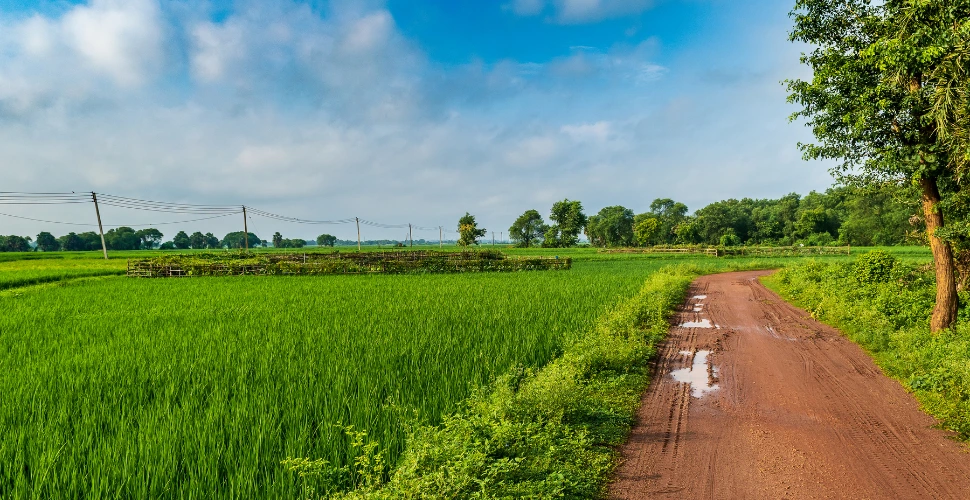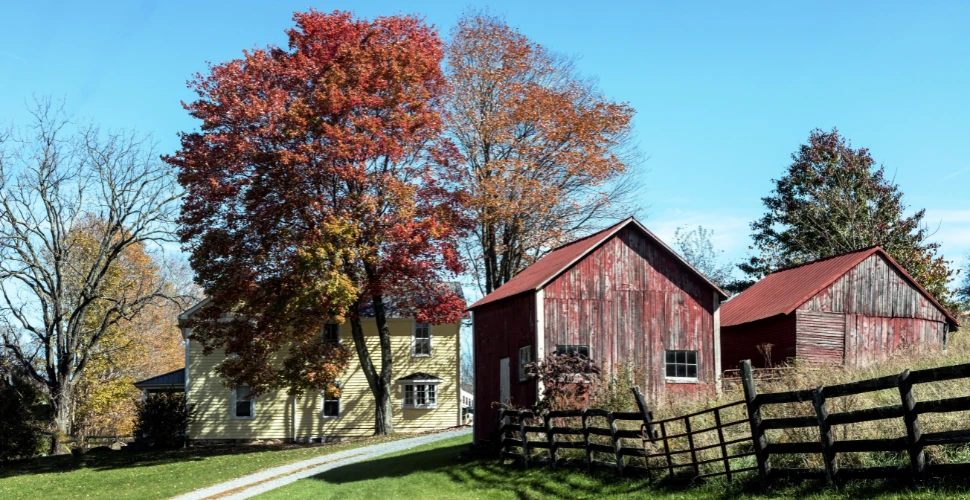How to Make a Villager Farm – A Comprehensive Tutorial
-
 Sarah Thompson
Sarah Thompson - 10 Sep, 2024

In Minecraft, villager farms are essential for acquiring valuable resources like emeralds, enchanted books, and other tradeable items. Setting up a villager farm also helps in villager breeding, which can be useful for getting new professions and upgrading your trading options. In this guide, we’ll walk you through the steps to create an efficient villager farm.

1. What is a Villager Farm?
A villager farm is a setup where you can breed villagers and create a sustainable system for trading, farming, or even iron golem generation. Villagers, when given the right conditions, can breed to create new villagers who can take up different professions based on available workstations.
2. Materials You’ll Need
Here’s a list of materials required to set up a basic villager farm:
- Beds (at least 3 for breeding)
- Workstations for each villager (e.g., lectern for librarians, composter for farmers)
- Food for breeding (Bread, carrots, potatoes, or beetroots)
- Building blocks (any type)
- Glass panes or fences (to create enclosures)
- Torches (for lighting)
- Doors (if needed to enclose the farm)
- Water buckets (for irrigation if needed)
- Minecart and rails (for villager transport)
3. Step-by-Step Guide to Building a Villager Farm
Step 1: Finding Villagers
Before building a villager farm, you’ll need at least two villagers. These can be found in any village in your Minecraft world. To transport them to your farm, you can either use a boat or a minecart system.
- Using Boats: Boats are an easy way to transport villagers across land, even though they are slow.
- Using Minecarts: For longer distances, minecarts on rails are faster but require setup.
Once you have two villagers ready, move on to the next step.
Step 2: Creating a Breeding Area
Villagers will breed under specific conditions, which include having enough beds and access to food. Here’s how to set up a basic breeding area:
- Set up at least 3 beds with 2 villagers. Villagers need at least one bed per villager plus one extra bed for breeding.
- Enclose the area using fences, glass panes, or building blocks to keep the villagers from wandering off.
- Ensure the area is well-lit with torches to prevent hostile mobs from spawning.
- Place a composter near the villagers to turn one into a farmer. This farmer will help harvest and plant crops.

Step 3: Providing Food for Villagers
Villagers will only breed if they have enough food. You can either throw food (such as bread, carrots, potatoes, or beetroots) directly at them, or you can build a small farm around them where they can harvest their own food. Farmers will automatically share food with other villagers.
To feed villagers manually, you’ll need:
- 3 Bread, or
- 12 Carrots, or
- 12 Potatoes, or
- 12 Beetroots per villager to initiate breeding.
Once they have enough food, they will enter “love mode,” and a baby villager will appear shortly after.
Step 4: Setting Up Professions
Villagers will take on professions based on the workstations available near them. Here’s how to assign professions:
- Place a workstation near a villager. The type of workstation will determine the profession. For example:
- Lectern for a Librarian
- Composter for a Farmer
- Blast Furnace for an Armorer
- Fletching Table for a Fletcher
- Villagers will automatically assign themselves to the nearest available workstation.
- Once a profession is assigned, you can begin trading with them.
Step 5: Expanding the Farm
Once your villagers begin to breed and you have multiple villagers, you can start expanding your farm by:
- Adding more beds to increase the number of villagers.
- Building more workstations for new professions.
- Creating a trading hall where villagers are kept in individual cells for easy access and protection.
This allows you to create a fully functioning trading system where you can collect valuable resources such as emeralds, enchanted books, and other items.
4. Tips for Managing Your Villager Farm
- Protect Your Villagers: Make sure your farm is well-lit and enclosed to prevent zombies or other hostile mobs from attacking your villagers.
- Cure Zombie Villagers: If your villagers get infected by zombies, you can cure them using a Splash Potion of Weakness and a Golden Apple. Cured villagers often offer discounted trades.
- Use Villagers for Iron Farms: If you have enough villagers, you can also create an iron golem farm by setting up specific conditions to spawn golems for collecting iron ingots.
5. Frequently Asked Questions
Why aren’t my villagers breeding?
Villagers need three key things to breed: access to beds, enough food, and proper lighting. Ensure that all these conditions are met for successful breeding.
Can I automate villager trading?
You can automate villager trading systems by creating a trading hall where each villager is locked into their workstation. This makes trading more efficient as you can quickly access the specific trades you need.
Can I transport villagers easily?
Yes! Boats and minecarts are the best options for moving villagers across long distances. Boats work well on both land and water, while minecarts are faster but require tracks.
How do I stop villagers from changing professions?
Once a villager is assigned a profession and locked into a trade, breaking their workstation will prevent them from changing professions. However, if they are still in the novice stage, breaking their workstation will allow them to change jobs.

6. Summary
Building a villager farm in Minecraft is essential for creating a sustainable system for trading, breeding, and resource collection. By providing villagers with the right environment, including beds, food, and workstations, you can grow your village and take advantage of all the benefits villagers have to offer. With a little time and effort, you can set up a fully functional villager farm that will serve as a valuable resource hub in your Minecraft world.


